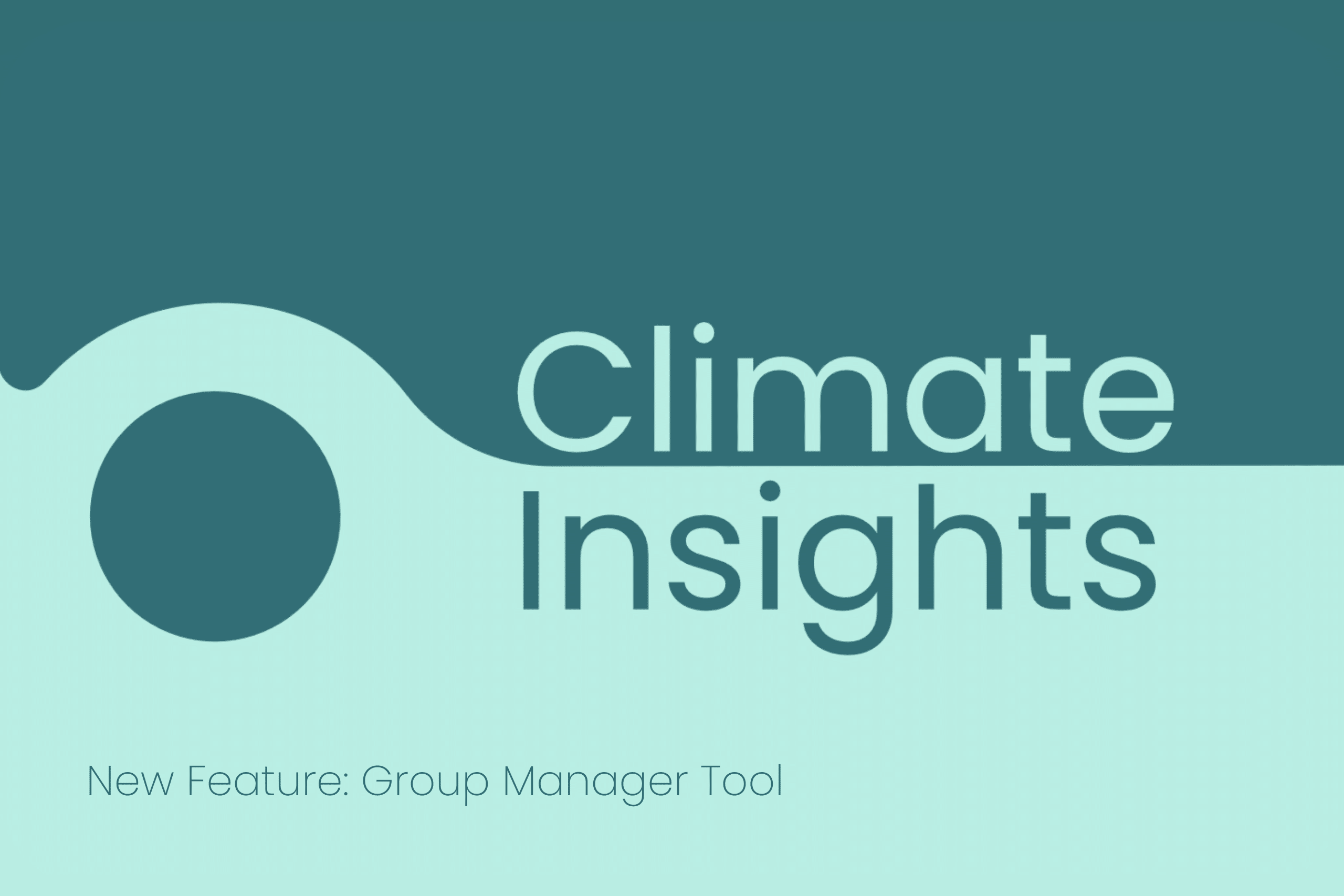A heating, ventilation and air conditioning (HVAC) adaptation solution during record-breaking temperatures

Content
Extreme temperatures and weather events are increasing in frequency and intensity alongside increasing average humidity and temperatures. These increases are driving elevated energy usage. The increase of a global record of 1.2 degrees Celsius is substantial and worthy of attention. Heat and increasing humidity in some regions can trigger significant health effects for those without access to air conditioning, causing death in the most severe cases.
ClimSystems and Resilient Analytics have just released a tried and tested HVAC analysis solution to help asset owners and managers better understand their risk to a changing climate and for planning and implementing adaptation measures to help address these vulnerabilities.
Undoubtedly, HVAC systems are linked to thermal comfort and wellbeing. Our HVAC analysis approach uses robust, high-quality historical weather data and future climate change model information. Building asset owners and managers are provided with invaluable information to direct their decisions and ensure that their facilities remain safe, healthy and comfortable for their employees and visitors. For example, the operation, performance and financial implications of changes in climate for new and existing HVAC systems can be evaluated to support maintenance, retrofitting and investment decisions. As extreme temperatures become more common, the cost of sustaining a building’s condition increases. Our HVAC solution encourages proactive thinking and planning, which can significantly reduce these costs.
In addition to modelling the effect that extreme conditions have on HVAC systems, our analysis can also model the effect that rising climatic norms will have on annual system heating and cooling energy usage. Knowledge of such information can allow for building asset owners and managers to proactively plan to offset increasing operating costs using tailored adaptation measures.
Some of the variables available in these analyses include annual heating, humidification, cooling, dehumidification, enthalpy, and extreme annual and monthly climatic conditions. An ensemble approach when applying climate model data means that statistical probabilities of 5th, 50th and 95th percentiles can be considered when setting design parameters. Additionally, the team also provides expert advice on risk profiling and full and comprehensive documentation of the data and methods applied.









